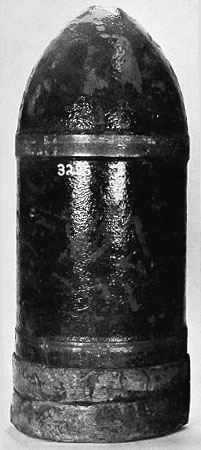Bolded part relevant. I strongly disagree that this is just a "various points in European history" thing; it's universal. And it's not even just a quick victory. Any attempt to claim that, say, North Vietnam, even including its allies, outproduced the United States in the 1960s and 1970s would be ridiculous. The most overwhelming advantage in productive capacity didn't, for instance, help Russia in Manchuria 1904-5, Russia in Eastern Europe in 1914-8 or Japan in China in 1937-45 - all modern wars, both industrialized wars, neither one of which was won by the power with the greatest ability to produce war materiel. Of less industrialized, albeit semi-recent conflicts of obvious relevance, the Russians notably defeated the French and their allies in 1812 in a
very long conflict despite a grave shortage of manpower and arms compared to their enemies.
Saying that "it depends...on the nature of the conflict" is kinda what I was getting at. My bugbear is Big Overarching Historical Dicta, usually created in order to be a magical predictor of everything, and I strongly disagree with the notion that whoever makes the most guns, possesses the biggest battalions, and so on automatically is guaranteed to win whatever conflict he fights. Why fight wars at all, then?

I'm uncomfortable with such claims because they rest on, well, nothing at all. Some dude just makes a judgment call, perhaps by looking over some statistics (although usually not), and deciding that Party A just had soo many more dudes than Party B that no manner of incompetent generalship on the part of Party A would permit Party B to reverse the outcome. This is
prima facie ridiculous; it is not historical inquiry in the least sense. It would be like me looking at the
Warrior vs.
Monitor image, deciding that
Warrior was just way too huge for the
Monitor to survive, and making that the end of it.
Yes, the production of war materiel is important; but it must be used correctly, for one thing, if it is to be effective at all. Russia notably failed to make use of its impressive economic explosion in the First World War whatsoever; Russian factories could supply their forces with more shells than the Germans and Austrians could, more artillery gun-barrels, more uniforms, and whatnot, but that Russian war materiel never got to the front lines in most cases, and when it did it was poorly apportioned. The mere existence of productive superiority must go hand-in-hand with institutional maturity in order for it to be relevant on the battlefield in the first place, and
even if it does become relevant, that does not mean it will win out.
If the war had ended in the summer of 1813 at
status quo ante bellum, it'd be impossible to argue that the British hadn't won. Then the Americans annihilated the Brits' native allies in the Midwest at the Thames, the British invasion was turned back at Plattsburgh, and there was some back-and-forth raiding that resulted in some towns or other being burned, and the pendulum started to swing. I think it's most reasonable to say that Britain scored a partial defensive victory, the Americans scored a partial offensive victory, and the Prophet and Tecumseh lost the war.







 Is it, however? Did they really build turrets with such abysmal rate of fire?
Is it, however? Did they really build turrets with such abysmal rate of fire?